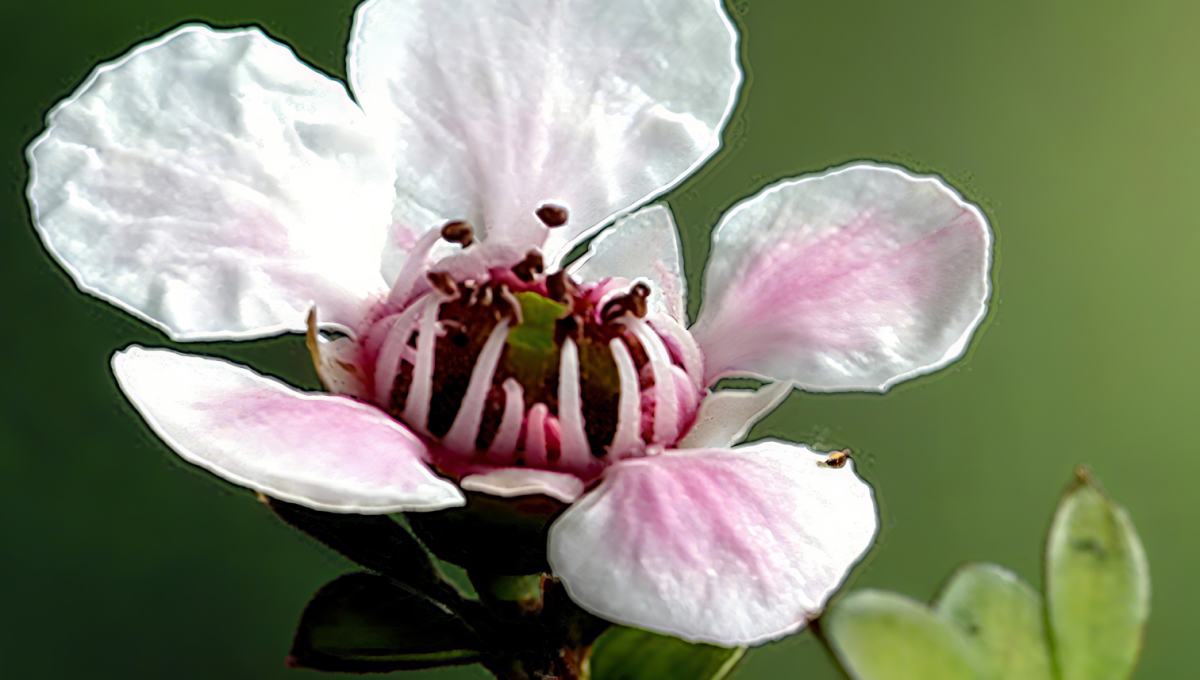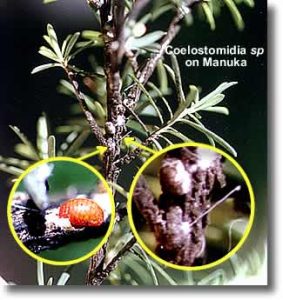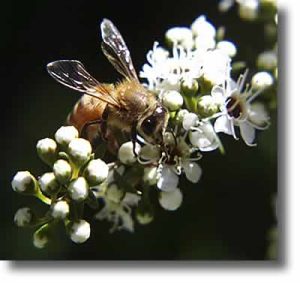
Manuka honey
Manuka honey is unique due to its high levels of methylglyoxal (MGO), a compound with strong antibacterial properties, and the presence of other bioactive compounds like leptosperin. This combination gives Manuka honey its powerful antimicrobial, anti-inflammatory, and antioxidant effects, making it useful for various health applications.

The most common honey source of these is Leptospermum scoparium. Other names for this plant include kahikatoa (warrior wood), red tea tree, and red manuka. The other plant is Kunzea ericoides (reclassified from Leptospermum ericoides in 1983) and is called manuka and kanuka. Other names include white manuka, makahikatoa (white warrior wood), white tea tree and heath like manuka, (ericoides means heath like). A botanical review “A revision of the New Zealand Kunzea ericoides (Myrtaceae) complex” published in 2014 splits this one species into 10 with K. ericoides now confined to the North West of the South Island. K. robusta is now the most common Kunzea in New Zealand.

Manuka honey can be used in various production settings for natural health and pharmaceutical products. It’s used in salves, creams, wound care products, and even in food and beverage production for its health benefits. Here is a more detailed look.
- Food and Beverage Industry: Natural Sweetener; Energy and wellness; Digestive Health.
- Cosmetics and Personal Care: Skincare; Haircare; Natural Preservative.
- Pharmaceutical and Medical Applications: Wound healing; infection control; biofilm protection.
